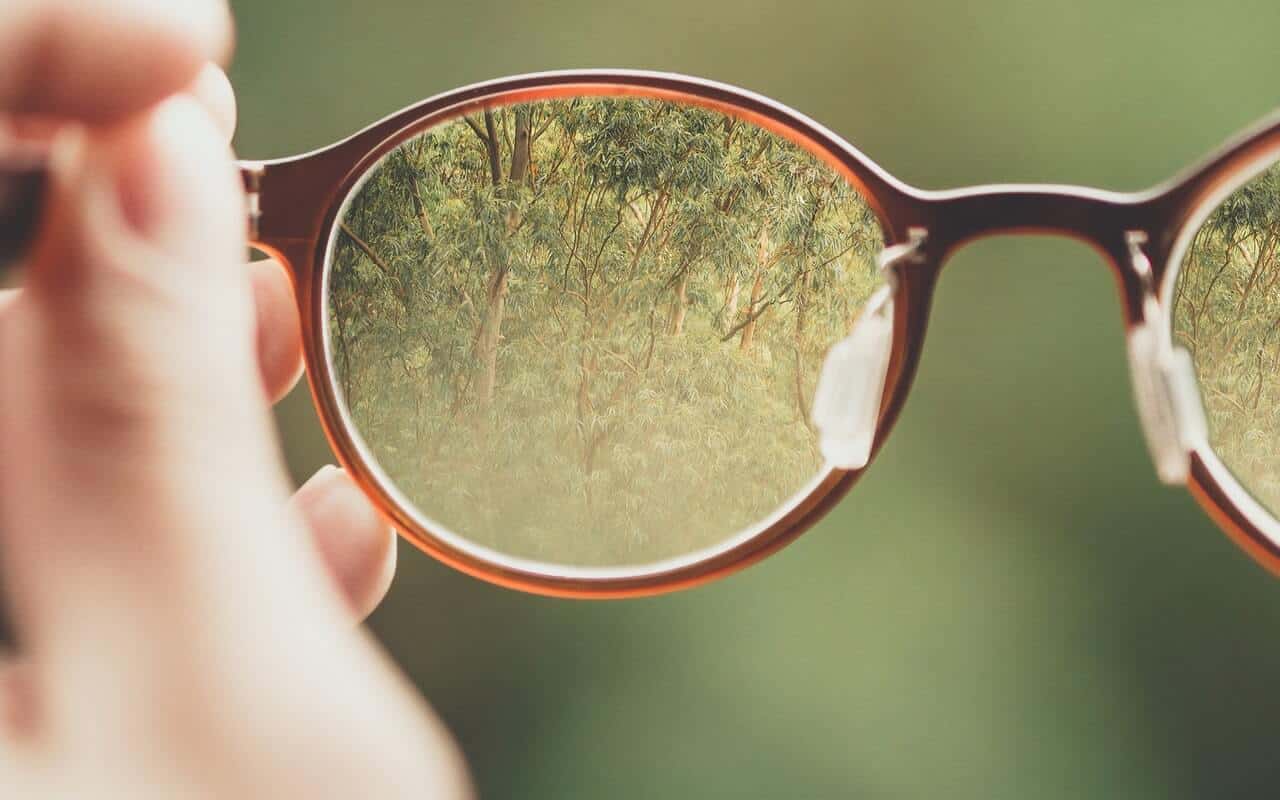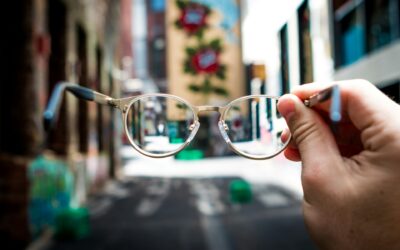There are several different vision conditions that require correction with glasses, contact lenses, or corrective surgery. These conditions affect the way that light enters the eye, causing rays of light to incorrectly focus in front of or behind the retina. Refractive error is the term used to describe these conditions that cause blurred or distorted vision. These vision problems are relatively harmless and easily corrected by glasses or contact lenses to alter how light enters the eye, allowing light to properly focus on the retina and eliminating blurred vision. Continue reading to learn more about refractive error and what to do if you are affected.
The Rise of Myopia
Myopia is also referred to as nearsightedness. This is a very common form of refractive error in which objects that are far away are blurred, but up-close objects are clearer and easier to see. In myopia, light rays enter the eye and focus too far in front of the retina. This can occur because the front surface of the eye is too curved and alters the way light bends when it enters the eye, or it can occur because the eye is too long. Most commonly, it is a combination of both of these attributes that leads to myopia. Nearsightedness is easily corrected by glasses or contact lenses that modify the way light enters the eye, pushing back light rays so they focus on the retina. The lenses used to correct for myopia are annotated with a “minus” value, such as -3.00. Because nearsightedness is oftentimes caused by an elongated eyeball, those with moderate to high amounts of myopia are at a higher risk for retinal health problems such as retinal holes, tears, detachments, or even the development of glaucoma. Because of these risks, those with myopia should receive an annual eye examination that includes a retinal health evaluation.
Hyperopia and Farsightedness
Farsightedness, or hyperopia, causes blurred vision, eyestrain, or eye fatigue while looking at up-close objects. This occurs because light focuses too far behind the retina. In some people, especially children and young adults, the focusing system of the eye is strong enough to compensate for this form of refractive error. But over time the focusing system weakens, and many people experience uncomfortable symptoms of hyperopia with extended near or up-close visual tasks. Most people become farsighted in their mid 40s due to a visual condition known as presbyopia. Like myopia, both hyperopia and presbyopia can be corrected by glasses or contact lenses. Refractive surgery is less commonly used to treat or manage these vision conditions.
Astigmatism
An astigmatism refers to a visual condition in which the cornea, or the front surface of the eye, is not perfectly curved. If one portion of the cornea is curved differently than another, it alters how light enters the eye and causes distorted or blurred vision while looking at objects that are both close up and far away. Astigmatism is much more common than people think; in fact, almost everyone has some degree of astigmatism. This condition is just like myopia or hyperopia in that it is easily corrected by contact lenses or glasses.





